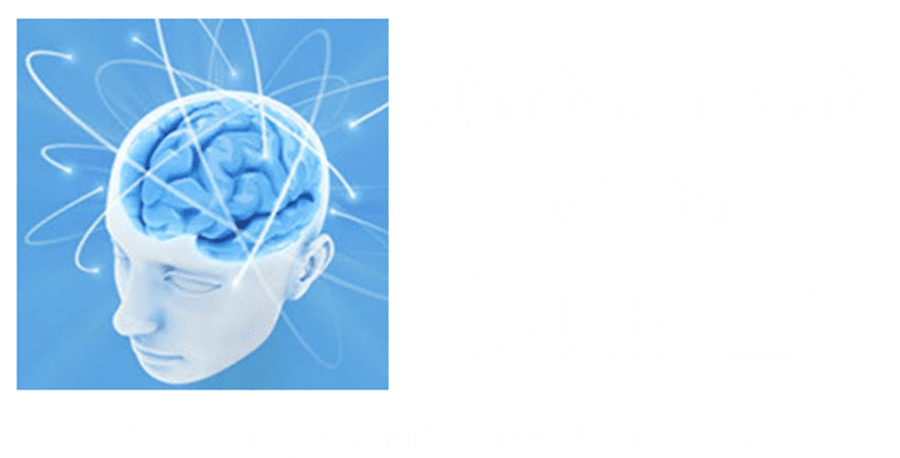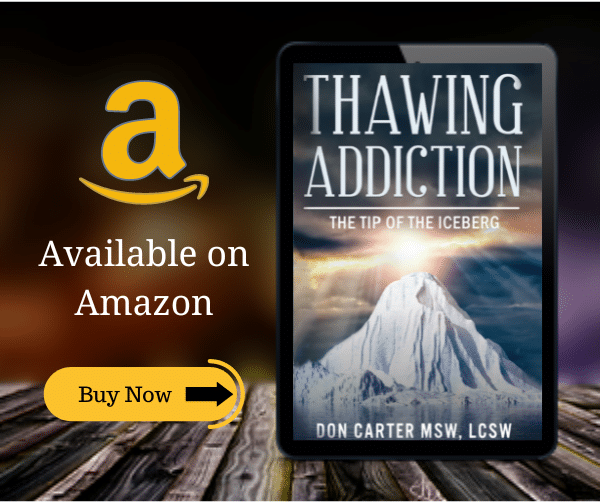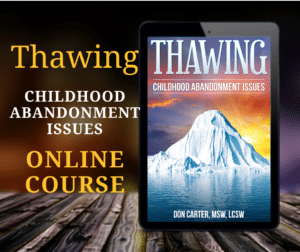
NLP Anchoring & Pavlov’s Dogs
NLP anchoring is used our lives in a multitude of ways, even though we may have never heard the term before. Anchors are the “triggers” and “buttons that get pushed” that can ruin our day in a flash by putting us in a negative emotional state.
But…If you know about them and how to set them, anchors can also be used purposefully as a powerful tool for managing our emotional states in positive ways. With practice and knowledge of anchors, we can change our state instead of allowing our state to change us.
NLP Anchoring

After ringing the bell just before feeding them a number of times the dogs started to salivate just at the sound of the bell alone. Pavlov’s experiment was called Classical Conditioning or Stimulus-Response – aka Pattern Matching.
It’s another name for a technique described here as NLP anchoring… Setting anchors is something we do naturally every day of our lives – even though we may not have been aware of it.
Advertisers are well aware of the concept of anchors… they have a tagline, a certain jingle, visual images and logo’s …all meant to instantly bring up the experience of their product…Can you smell french fries when you see the golden arches?
Intensity and repetition are the mechanisms that set NLP anchors. That’s why commercials play as many times as they can in one day. It is also why they work hard to make messages with impact – for the intensity.
Types of NLP Anchoring
Anchors are set in all sensory systems – visual, auditory, kinesthetic (physical sensations), smells and tastes…An old song can bring back the experience of our high school prom, hearing circus music can bring back the taste of cotton candy, smelling cedar or pine can evoke memories of Christmas Trees.
Visual NLP Anchoring is the most common form of anchoring because most People tend to lean heavily on visual sensory data. We make visual anchors every day…think of a person you really like…see their face in your mind’s eye and notice how you feel as you think about that person. Your emotional state is anchored to that person.
Now think about someone who really rubs you the wrong way…see their face in your mind’s eye…notice how you feel. There are positive and negative anchors because your emotional brain “tags” experiences with emotions just before storing them away in long-term memory.
Auditory NLP Anchoring is in the form of a sound or inner voice… An old song, certain self-talk, an angry voice tone. These sounds work the same way visual or any other anchor works…through intensity and repetition they become neurologically linked to the experience that triggers them. Anchors are emotional stated that are “tagged” and included in the neural networks of experience. These anchors can also be negative or positive depending on what is being anchored.
Loud unexplainable noises must be investigated if they cannot be accounted for by recognition. If students in a classroom hear a loud explosion outside the window many of them get out of their seats to to run to the window. Our brain must have an explanation (visual image) for anything that does not sound safe so it can be tagged and compared to other similar sounds.
Kinesthetic NLP Anchoring is a movement, touch or physical action that associates a particular state of mind. Think of being touched by someone you really like…notice the intensity of feelings when they touch you. This is because they are linked to that emotional state.
Now think about being touched by someone you don’t really want touching you…again anchors can be positive or negatively “coded by the brain so it can tell the difference between “like” and “Don’t like”. You can develop kinesthetic anchors on your own. This will make you feel more confident, invigorated, and ready to succeed.
Olfactory NLP Anchoring… The sense of smell is the only sensory channel that is wired directly into the amygdala – the part of the brain responsible for “tagging” anchors with emotional states. This is thought to be because of the mating or procreation instinct. Smells can be very powerful anchors. Aroma therapy is very helpful in setting anchors for states you want to experience.
Again, smells can be very negative anchors as well…sour milk or bad eggs for example. The sense of smell is important for survival because it tells you whether or not to drink that water…if it smells bad it would be hard for you to drink it unless you were on the desert and dying of thirst.
Gustatory NLP Anchoring… Taste tells you whether to chew and swallow versus spit out…also important for survival. If there are certain foods you really don’t like, chances are it is because you get into a very negative emotional state when you think of putting it in your mouth.
Keys to Using and Setting Anchors in Your life
- Intensity…The intensity of the experience can control how fast the anchor makes the associations. If the experience is extremely intense, it may be that the association is strong after only one occurrence. On the other hand, if the experience is less intense, it may take several times to associate the state with the experience.
- Timing… The most effective time for the association of the anchor is at the peak of the experience. As the intensity of the experience lessens, so does the association. If you can maintain this intensity for a longer period of time, it is more likely the anchor will be established.
- Uniqueness… It is best to find an anchor that is unique to the experience. Individuals have the ability to use any three of the types of anchors independently or all together. The key here is to ensure that the anchors are used together and at the same time. Make sure that the anchor is associated only with that specific experience, and is not common to other experiences.
- Repetition… Practice makes perfect! Just like anything else, replicating the experience will achieve the anchor permanently. If you are attempting to build an anchor, you may have to replicate it a time or two exactly. If it is a vision or touch, it needs to be exact to build in your mind.





